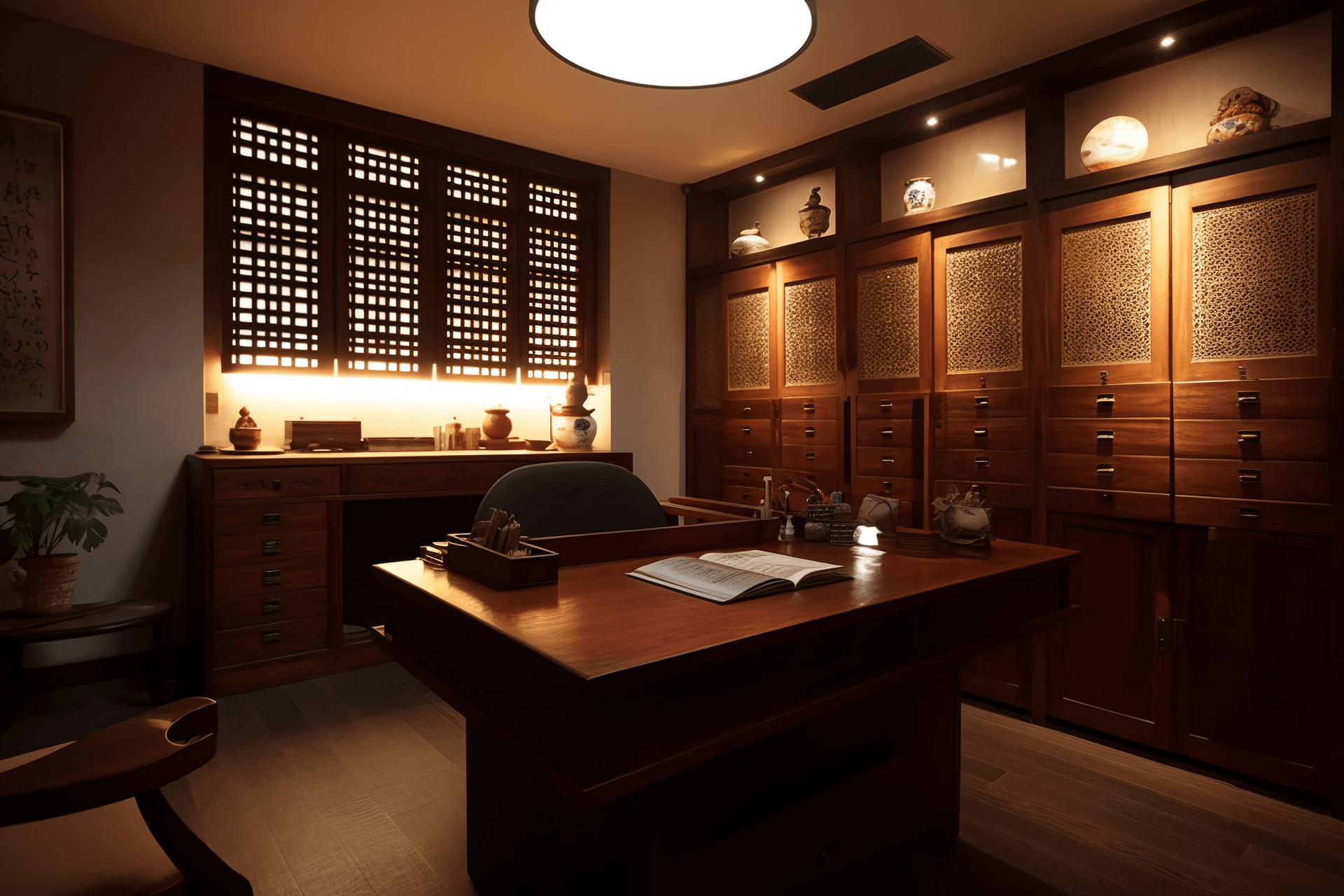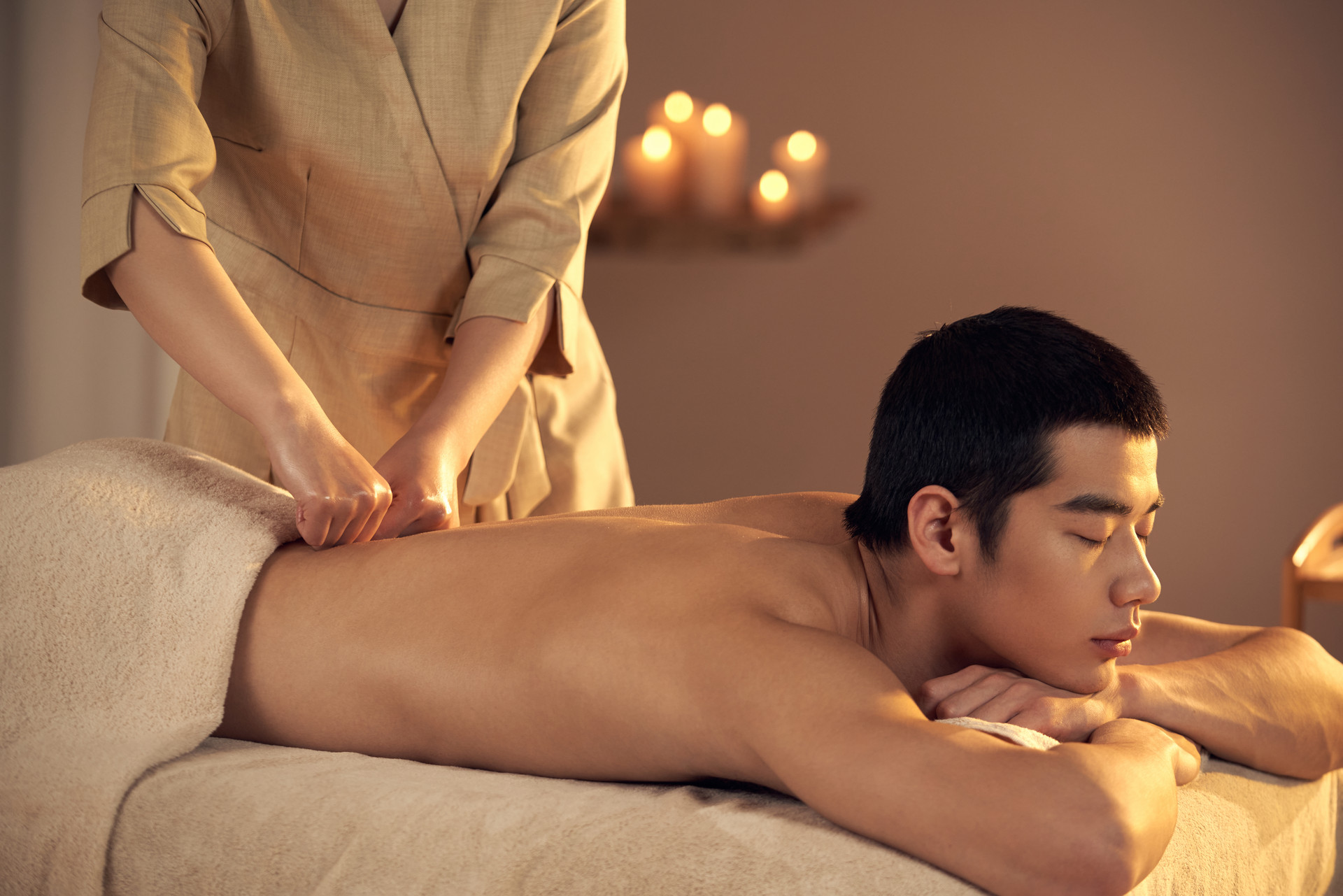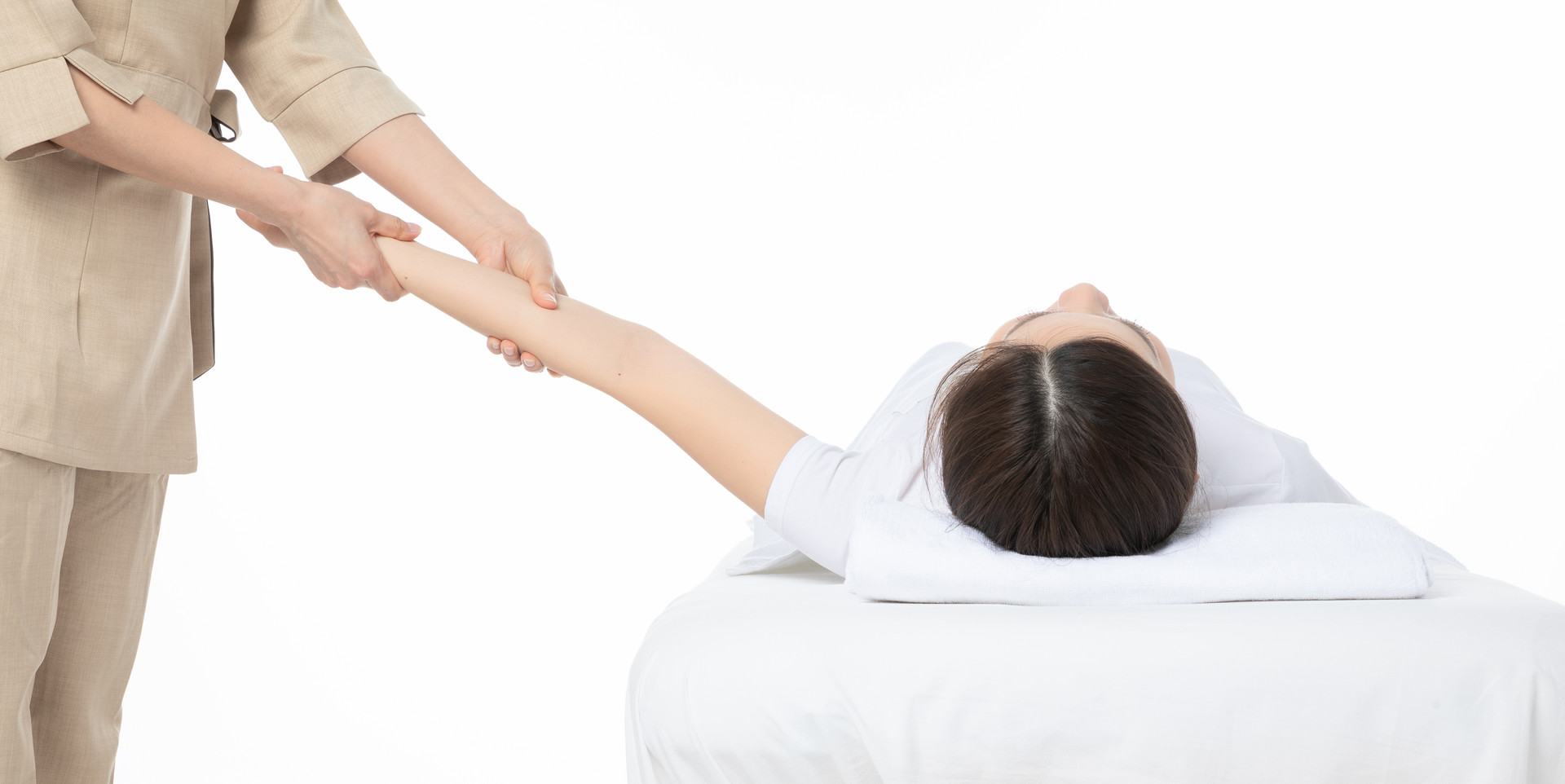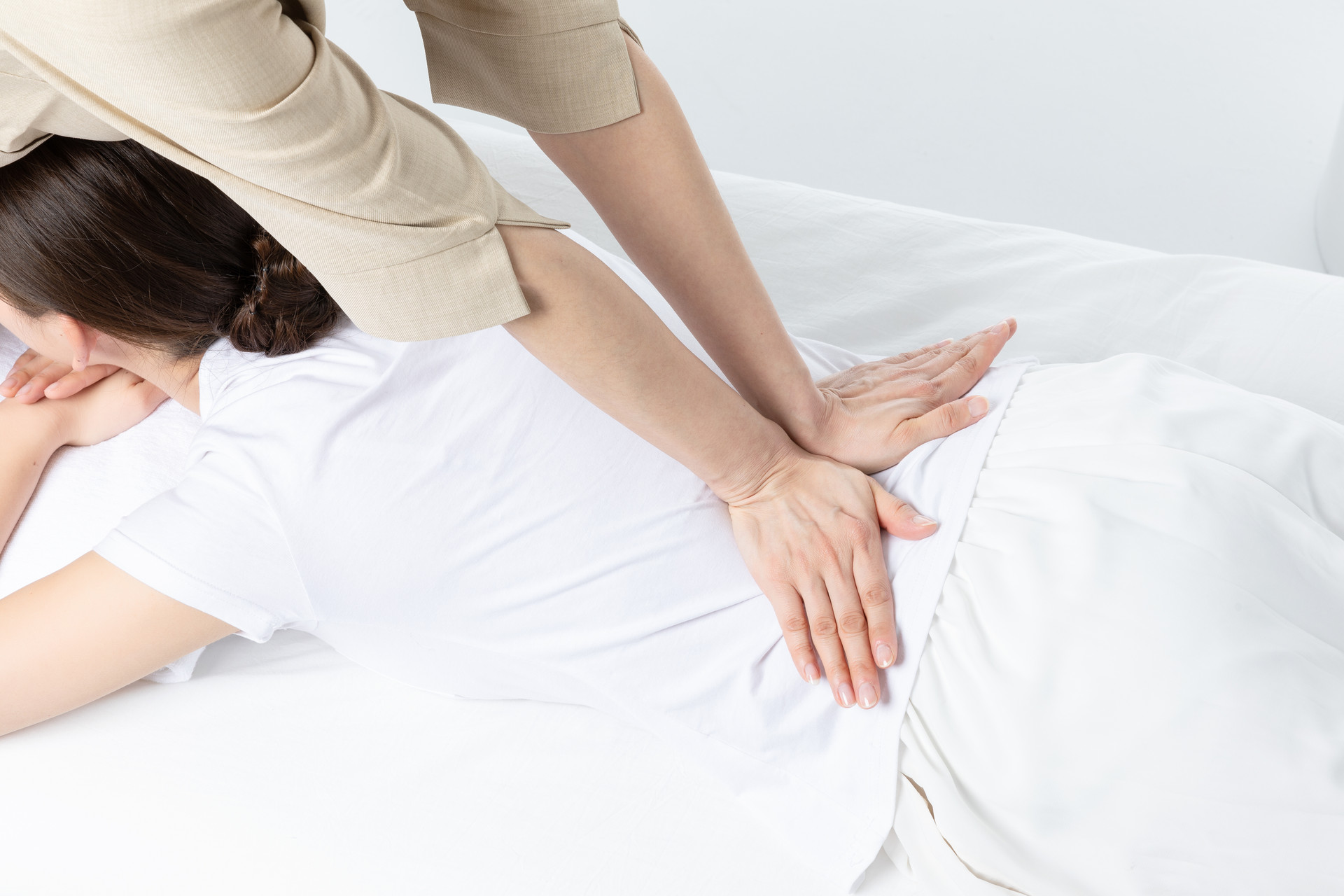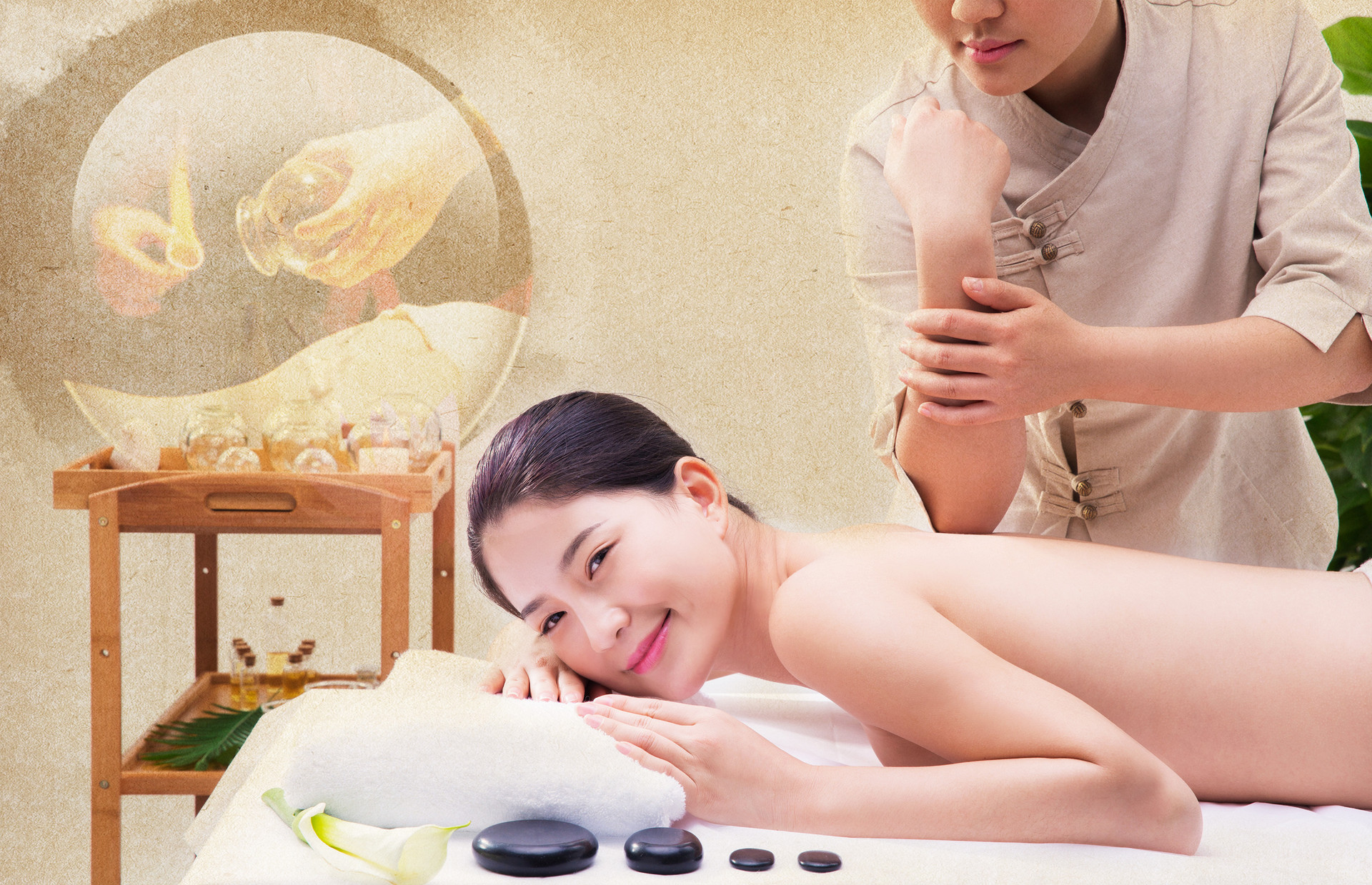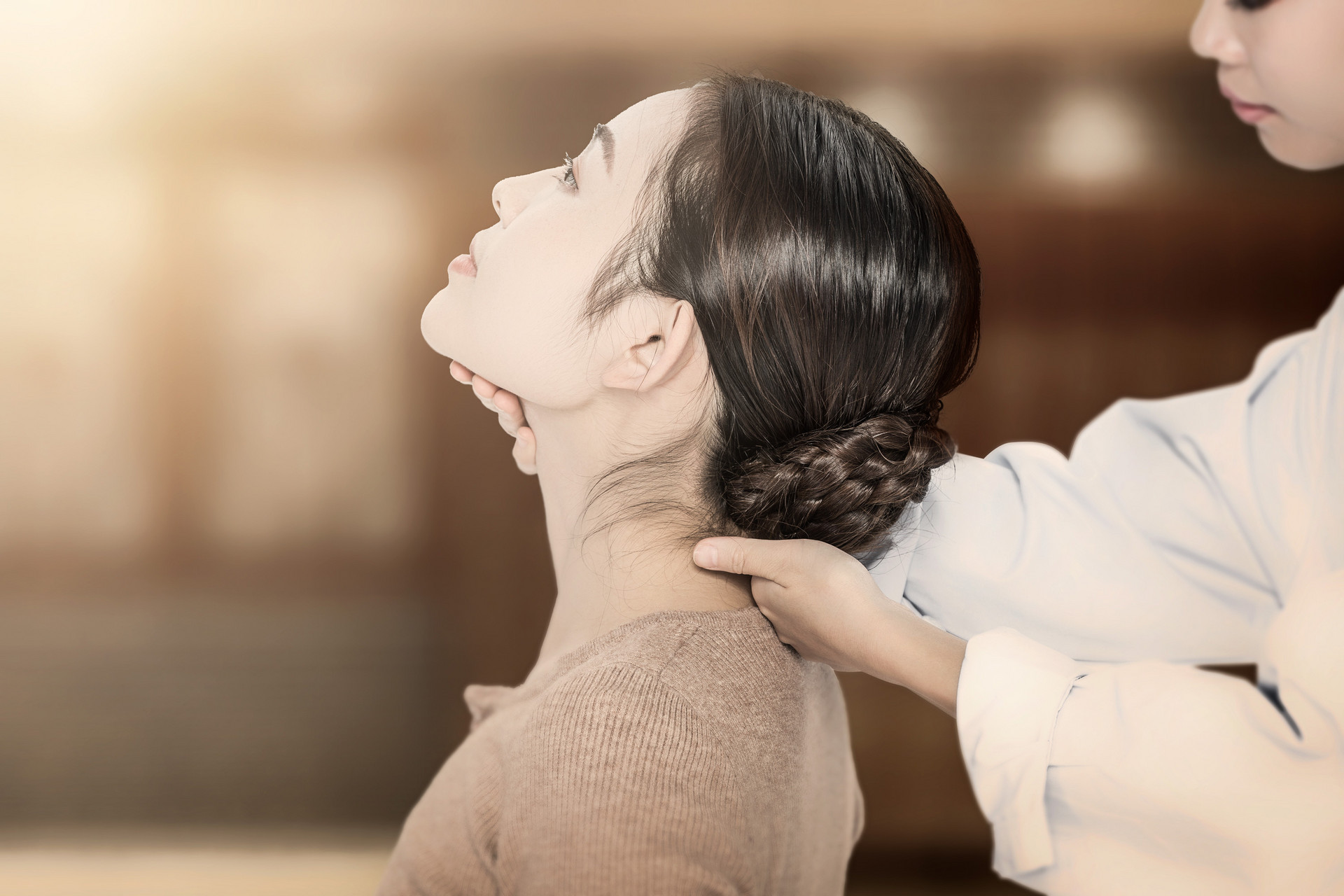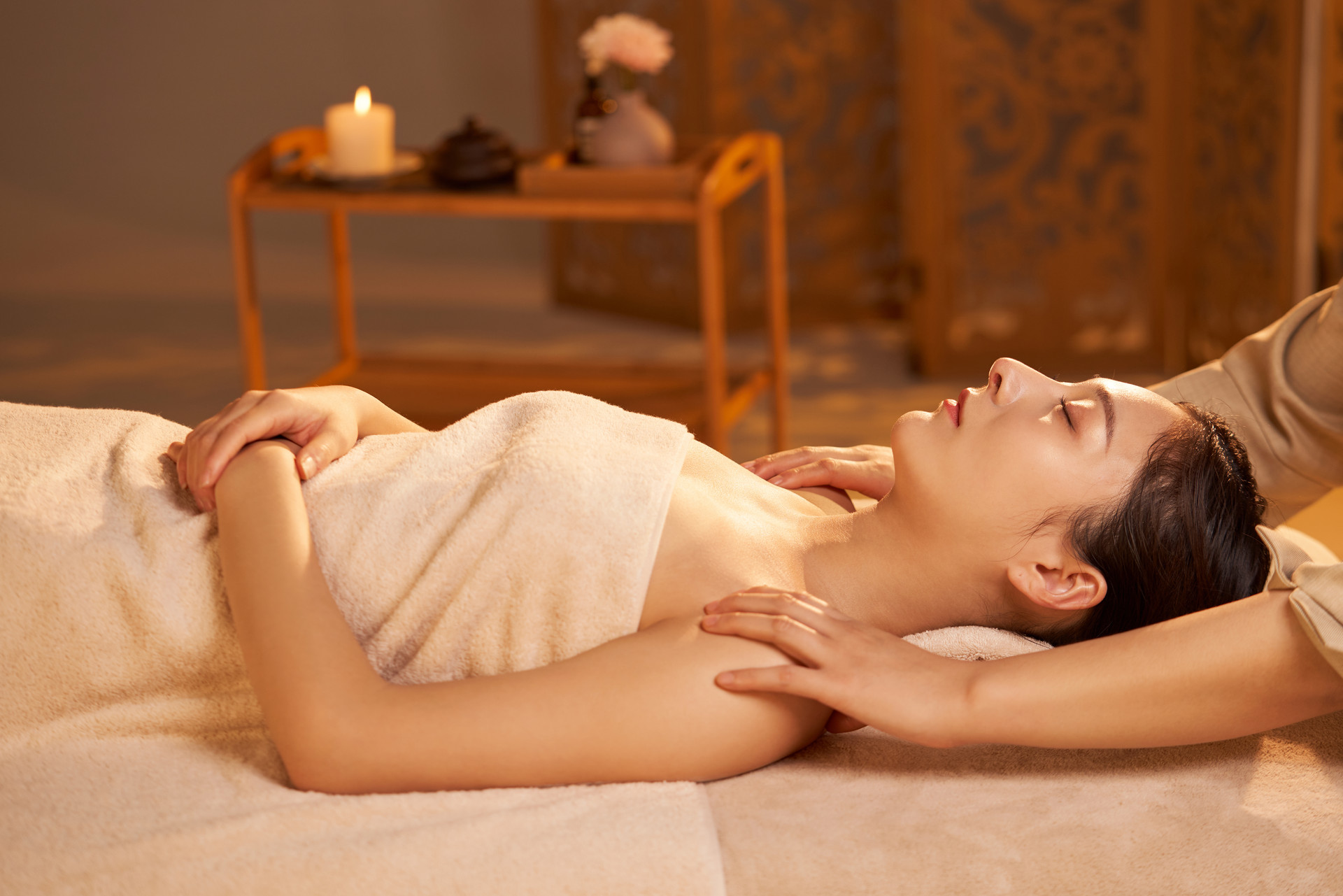Abdominal palpation massage therapy is a type of massage therapy that uses abdominal palpation as the main diagnostic method and different massage techniques to target the abdomen. It is based on traditional Chinese medicine theories such as yin-yang, five elements, and the theory of zang-fu organs and meridians. This therapy was developed and created by Dr. Luo Junchang through years of study and practice. Dr. Luo Junchang also developed the "Eight Methods of Treatment" based on his clinical experience and the characteristics of massage techniques. These methods include tonification, warming, harmonizing, dispersing, promoting, sweating, vomiting, and purging. Abdominal palpation massage therapy has a wide range of clinical applications due to its role in preventive, therapeutic, and rehabilitative medicine. It is used in various fields such as internal medicine (e.g. common cold, insomnia, gastrointestinal disorders, back pain, bi syndrome, convulsions, depression, and stagnation), gynecology (e.g. irregular menstruation, dysmenorrhea, amenorrhea, chronic pelvic inflammatory disease, menopausal syndrome), pediatrics (e.g. malnutrition, convulsions, enuresis, indigestion, torticollis, sequelae of polio), ophthalmology (e.g. myopia, strabismus, rhinitis, temporomandibular joint dysfunction, toothache), and surgery (e.g. cervical spondylosis, sciatica, muscle and ligament sprains, thoracic trauma). Abdominal palpation massage originated in northern China and was first created by Dr. Luo Junchang. It later spread to southwestern China and is now popular in most parts of mainland China.
【Methods】
I. Abdominal Palpation
1. The difference between abdominal palpation and other diagnostic methods
(1) In traditional Chinese medicine, abdominal palpation is one of the diagnostic methods, along with inspection, auscultation, inquiry, and palpation. However, in abdominal palpation massage diagnosis, abdominal palpation is the primary method. Abdominal palpation is also a form of palpation, but it is also included in inspection, inquiry, and auscultation. It is mainly used for the diagnosis of chronic diseases and some acute conditions.
(2) The abdominal palpation in abdominal palpation massage is different from the abdominal palpation used in modern medicine. It does not directly touch the internal organs or tissues of the abdomen for pathological diagnosis. Instead, it uses the skilled hands of the practitioner with clinical experience in abdominal palpation to assess the tension of the abdominal muscles, determine the distribution of qi, blood, food, and fluids in the body, and provide necessary clinical information. It follows the principles of differentiation and treatment based on the Eight Principles. Yin and deficiency syndromes are considered yin syndromes, while exterior, excess, and heat syndromes are considered yang syndromes.
(3) Abdominal palpation massage therapy emphasizes the examination of the abdomen because the main area of massage is the abdomen. The practitioner first comes into contact with the abdomen, and after abdominal massage treatment, the abnormal shape of the abdomen changes, leading to improvement in the patient's symptoms.
2. Methods of abdominal palpation
(1) Abdominal palpation is similar to the general abdominal examination methods used in modern medicine. The patient lies supine on the bed, breathes naturally, relaxes all body muscles, but keeps the lower limbs straight and places the hands on the outer side of the thighs (if necessary, the patient can flex the knees or lie on the side to relax the tense abdominal muscles, which facilitates the palpation of deeper structures). The practitioner sits on the bedside of the patient (usually the right side). There are four steps in the diagnostic method:
(a) Inspection of the abdomen: Observe the external shape of the abdomen, whether it is protuberant or sunken (protuberant indicates excess, sunken indicates deficiency). Observe the peristalsis of the gastrointestinal tract, abdominal muscle twitching, and the color of the skin.
(b) Auscultation of the abdomen: Use hearing to listen to the sounds of the abdomen. It is better to use modern medical auscultation techniques. As mentioned in the ancient text, "When there is pain in the left or right abdomen, pain is exacerbated by pressing, or it radiates to the chest and abdomen, and there is gurgling sound, occasional regurgitation of water and juice, and the pain is relieved after regurgitation, it indicates the presence of a hernia, and warm medicine and reduced diet are appropriate."
(c) Inquiry about the abdomen: Ask the patient if they have any unusual discomfort, such as abdominal distension, upward Qi, fullness and stuffiness in the chest and abdomen, abdominal palpitations, or symptoms of rib or abdominal distension and pain. Inquire about whether these discomforts are more prominent during activity or at rest. During abdominal palpation, frequently ask the patient about tenderness, reflex sensitivity to pressure, preference for pressure, or resistance to pressure.
(d) Palpation of the abdomen:
Method: The practitioner uses one hand or both hands with four fingers to press the abdomen, applying pressure or massage. When examining patients who are obese or have excessively tense abdominal muscles, the double hand overlapping pressure method can be used. In this method, the left hand is placed on the back of the right hand and pressed or massaged to assess the variations in the deep structures of the abdomen. In the case of excessively tense patients, the abdomen can be gently stroked several times before abdominal palpation to relax the tense abdominal muscles before conducting the examination.
Steps and examination: First, palpate the upper and lower parts of the Ren meridian, then palpate the middle part of the navel, and then palpate the pulse points beside the navel. Then, proceed in sequence as follows: ① Palpation below the costal margin: Use the fingers to gently press and rub along the lower edge of the ribs to assess the strength of resistance, whether the abdominal muscles are pathologically weak or tense, and whether it is local or general (tension indicates excess, weakness indicates deficiency). When pressing this area, inquire about any feelings of chest discomfort. ② Palpation of the upper abdomen: During palpation, pay attention to the presence of water sounds, the presence of tension in the abdominal wall, the area occupied by tense muscles, whether it is localized or extensive, and further observe whether the tense muscles have extended beyond the umbilicus and even reached the lower abdomen. Is it thin and protruding or deep and sunken? Is there any accumulation? What is the location, size, and shape? ③ Palpation of the lower abdomen: Pay attention to whether the external shape is protuberant or sunken. Feel the tension of the muscles, whether they are tense or relaxed. Is the tension spread throughout the lower abdomen or limited to the middle part? Is there a continuous connection between the tension and the upper part of the umbilicus? What about both sides? Is the tension consistent from the upper abdomen to the lower abdomen or from the upper part of the umbilicus to the upper pubic bone (to determine if there is a continuous connection)? When applying deep pressure, pay attention to resistance, hardness, tenderness, etc., to determine the origin of the disease and its meridian, nature, and differentiate between exterior-interior, cold-heat, deficiency-excess, etc.
3. Normal abdomen and variations
(1) Normal abdomen: The abdominal muscles should have appropriate hardness and softness when palpated.
(2) Normal variations: Those learning abdominal palpation should first understand the normal variations of the abdomen in detail. With proficiency, one can generally determine the areas of tension and relaxation in a normal abdomen and when tension or relaxation is appropriate. This helps prevent mistaking normal variations for pathological conditions and making diagnostic errors. Normal variations include: in patients with chronic diseases, the abdomen may become concave due to the consumption of abdominal fat and muscle weakness; in younger individuals, the abdominal wall should be soft, in middle-aged individuals, it should be slightly hard, and in older individuals, it should be flaccid; individuals engaged in heavy physical labor or sports may have a hard and strong abdominal wall, while those engaged in mental labor should have a softer abdominal wall; the abdominal wall of females is generally softer than males, and postpartum women have softer abdominal walls than women who have not given birth; individuals with a larger body size should have a fuller and slightly softer abdominal wall, while those who are thin should have a slightly sunken and harder abdominal wall.
4. Prognostic diagnosis with abdominal palpation
Ancient physicians used abdominal palpation to diagnose diseases and determine prognosis, and there are many specific records. For example, Zhou Yufan, a physician in the Ming Dynasty, stated: "When a child's abdomen is raised high, it indicates heart protrusion or lung distension, indicating lung exhaustion." He also stated: "If the abdomen is large with visible blue veins and the patient feels bound when lying down, it is difficult to treat." These statements correspond to conditions such as ascites due to liver cirrhosis, abdominal wall varices, umbilical hernia, and abdominal organ tumors in modern medicine, all of which have a poor prognosis. If abdominal palpation massage treatment is applied and the symptoms improve, it indicates an easily treatable condition, while no changes indicate a difficult-to-treat condition. In addition, it is said: "For hernia and accumulation of Qi, it is easier to treat when it is on the left side and difficult to treat when it is on the right side."
II. Eight Methods of Treatment in Abdominal Palpation Massage
1. Tonification
(1) Meaning and role of tonification: Tonification is a treatment method that replenishes deficient constitutional functions by using tonifying techniques, thereby eliminating all deficiencies and weakness. When patients have insufficient qi, massage techniques are used to stimulate and strengthen their bodies' various organs and tissues, promoting their functions and achieving the goal of tonifying deficiencies, thus overcoming diseases. In addition, in the late stage of a disease, when the patient's positive qi is weak and residual pathogenic factors are not completely eliminated, tonification techniques not only support the body's positive qi but also have the effect of dispelling pathogenic factors.
(2) Application of tonification: "Gentle massage for tonification" indicates that the massage techniques used for tonification should be gentle. For example, the point-rib tonification technique should not only be gentle in pressure but also follow the patient's breathing. It has a significant tonifying effect on symptoms such as fatigue, shortness of breath, laziness in speech, dizziness, blurred vision, palpitations, and visceral prolapse. Another example is the large tonification technique and the transverse rubbing sacrum technique, which can tonify the kidney and replenish qi. They are used in cases of kidney deficiency, weak essence, and qi deficiency, and have a good effect on tonifying the waist and kidneys.
(3) Points to note for tonification: Tonification techniques should not be used for excess syndromes, and excessive use of tonification techniques in patients with deficiency should be avoided to prevent the development of bloating due to inability to tolerate excessive tonification.
2. Warming
(1) Meaning and role of warming: "Warm it if it is cold" indicates that the friction produced by palpation warms the surface of the body, generating a certain amount of heat penetration. This helps to assist in dispelling cold pathogens and tonifying yang qi.
(2) Application of warming: In this context, warming techniques primarily involve "warming the center." When cold pathogens enter the body and cause symptoms such as abdominal coldness, abdominal diarrhea, cold hands and feet, etc., abdominal massage techniques such as rubbing the abdomen are used to warm the center and dispel cold. For patients with deficiency of the spleen and kidneys, techniques such as palm-splitting the waist, massaging the buttocks, and massaging the Dazhui and Zuguan points are used. In addition, for cases of true yang deficiency, direct intrusion of cold pathogens into the three yin meridians, or when the disease is excessively cool, leading to the invasion of pathogens into the three yin meridians and a sudden worsening of the condition, the shoulder-blade heavy pushing technique can be used to rescue the yang and reverse the condition.
(3) Points to note for warming: The use of warming techniques can generate heat, so after applying warming techniques to treat cold syndromes, the patient should be covered with a blanket for a short period of time to prevent the recurrence of cold pathogens.
3. Harmonization
(1) Meaning and role of harmonization: Harmonization techniques can harmonize qi and blood, and activate meridians and collaterals. They use gentle rubbing and kneading techniques to adjust the functions between the body's external surfaces, tonify the positive qi, expel pathogenic factors, and restore a relative balance between yin and yang.
(2) Application of harmonization: For example, the broad chest technique can resolve shaoyang syndrome in cases of externally contracted half-exterior and half-interior diseases. The rubbing technique of the rib deficiency can regulate liver qi. The rubbing technique of the upper abdomen and the pressing technique of the Neiguan and Waiguan points can descend counterflow and relieve nausea, invigorate the spleen, and harmonize the stomach.
(3) Points to note for harmonization: The amount of force used in harmonization techniques is moderate. If excess pathogenic factors can be expelled by using purgation techniques, it is better to use purgation techniques instead of harmonization techniques.
4. Dispersion
(1) Meaning and role of dispersion: "Pain indicates stagnation, dispersion indicates relief." "Massage can follow the meridians to disperse stagnation." Therefore, dispersion techniques have a unique effect on clearing meridians.
(2) Application of dispersion: Local rubbing techniques, such as rubbing to disperse stagnation, can relieve blood stasis and resolve swelling. The point-rib technique and the external and internal guan technique can relieve liver qi stagnation. The upper abdomen rubbing technique and the pressing technique of the tiantu point and the guhegu point can descend counterflow and relieve food stasis.
(3) Points to note for dispersion: When using dispersion techniques on patients with blood stasis, the force should be gentle and slow. When using traction techniques on patients with joint dislocation, avoid using excessive force and gradually increase the range of motion.
5. Promoting
(1) Meaning and role of promoting: Promoting techniques can promote the circulation of qi and blood and activate meridians and collaterals.
(2) Application of promoting: Techniques include ① Qi-regulating techniques (such as the rib deficiency rubbing technique, the lower abdomen rubbing technique, and the chest expansion technique). ② Uplifting and lowering techniques (such as the belt binding rubbing technique and the qi-tonifying technique). ③ Descending counterflow techniques (such as the rib separation technique, the internal and external guan techniques, and the heavy pressure technique on the lower limbs). ④ Digestion-promoting techniques (such as the upper abdomen rubbing technique). ⑤ Dampness-eliminating techniques (such as the transverse rubbing technique, the lateral abdomen rubbing technique, the pushing back technique, the tiantu point pressing technique, and the kneading gu point technique).
(3) Points to note for promoting: This technique has a strong effect on promoting qi circulation, so it should be used with caution in pregnant women and individuals with weak constitutions. Excessive use of promoting techniques has a dispersing effect on qi and should be used with caution. If necessary, it can be combined with tonification when excessive dispersion occurs.
[FS:CONTENT_END]


